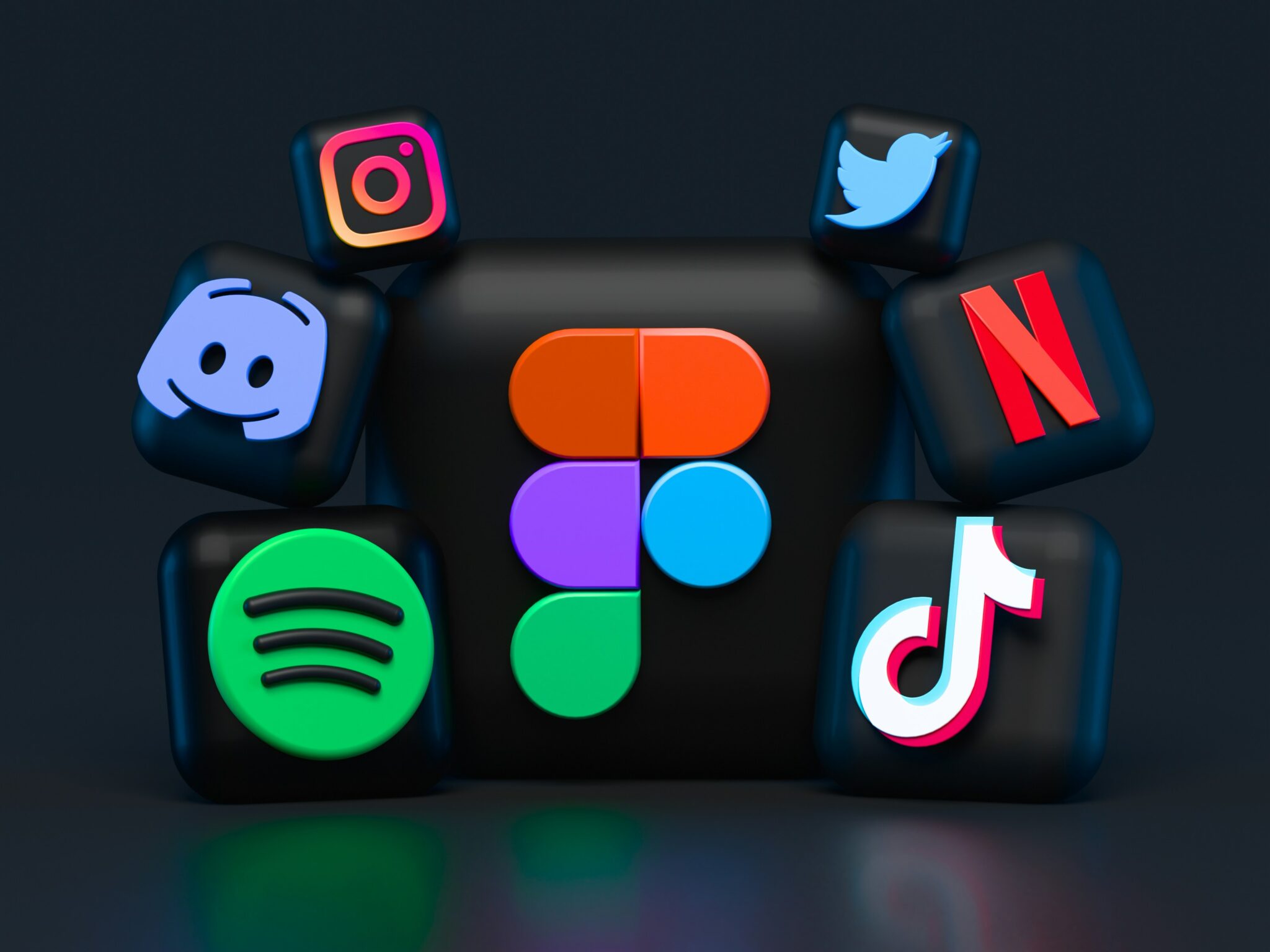How to Improve Your Social Media Marketing in 2024 and Beyond
Multi-platform strategies are a necessity to reach a wider audience with adapted practices for different needs. That means that while social media is more effective now than ever before, it is also harder to scale than it once was.
Create a Dedicated Social Media Landing Page
I used to work with a bootstrap startup that was launching a new dashboard that would be used for remote teams needing to coordinate across international lines. It was a solid final product, with great features and no noticeable bugs. It had been UX tested, AB tested and performance tested. Early-release users had been thrilled with it and were already looking forward to the next version and what new features might be coming along in the future.
Everything sounds perfect, right? Sadly, no. It wasn’t the product itself that had a problem, it was the digital marketing strategy that was poorly planned and hence weakly executed. The result? Obviously, the launch went largely unnoticed and hence the tool enjoyed little to no attention and coverage.
It’s sad when a great product doesn’t get the exposure it truly deserves.
My client could have really benefited from double-checking that particular step, but he was too focused on the primary product. Had he paid more attention to the digital marketing strategy he could have avoided a disaster.
The first step is always making sure your social media prospects get special treatment, i.e. they land on a personalized optimized landing page.
To build yours, look at this list of awesome landing pages that bring conversions, even from social media. An easier idea would be setting up a link-in-bio page, like a Linktree or Beacons page. They are easy to create and consolidate a lot of social media content on one page.
 Create Checklists To Stay On Track
Create Checklists To Stay On Track
I would recommend two different kinds of checklists for a successful social media campaign. The first is to manage your accounts themselves. This includes things like listening to brand mentions, responding to reputation posts, engaging directly with consumers, posting a certain number of times per day, etc.
The second list should be for your analytics. This one is more complex, as analysis is a thorough and sometimes confusing process, something that a checklist can really help break down for everyone on your team.
An analytics checklist should include things like checking the target demographic for each element of the campaign, testing within specific parameters, analyzing the traffic generated from different sources, tracking successful posts, and other relevant tasks that should seem familiar by now. Using Google’s Tag Manager is a great way to get much of this information under control, but also add checking Instagram Insights and other native social media analytics solutions to your weekly checklist.
Your checklist is going to change from time to time, adapting as necessary because your analysis itself is going to change your needs. Does that mean you have to manually create and change your checklist every time? Well, you can if you want to.
Personally, I am too busy to generate my own checklists without some help (and reminders). I have always used Trello for the job, as they have a feature that lets you generate checklists and share them among your team.
Just Be Human – Give them something unexpected
I knew a founder who had created fifty small gift baskets. After the launch he took the first fifty sign-ups and sent them a basket as a thank you. It didn’t cost that much, was full of promotional material, and got a fair bit of buzz on social media because the first twenty of those adopters had been individually invited influencers. No one expected the baskets so they had a real impact.
 Search social media for mentions of your product
Search social media for mentions of your product
Reputation management is crucial at this stage. You have been hyping up your product for weeks, you don’t want word of problems to get out. But beyond that, it is a chance to thank people for saying good things, as well as offer the curious a chance to try your product themselves (this is a great time to offer influencers free access).
Address concerns
Not everything will run smoothly for everyone. If your follow-up brings on concerns from the customer make sure you address them personally. That personal touch can make all the difference in how your brand is perceived and your ability to build loyalty from the very beginning.
Do you have any ideas for scaling your social media marketing across multiple platforms? Let us know in the comments!









